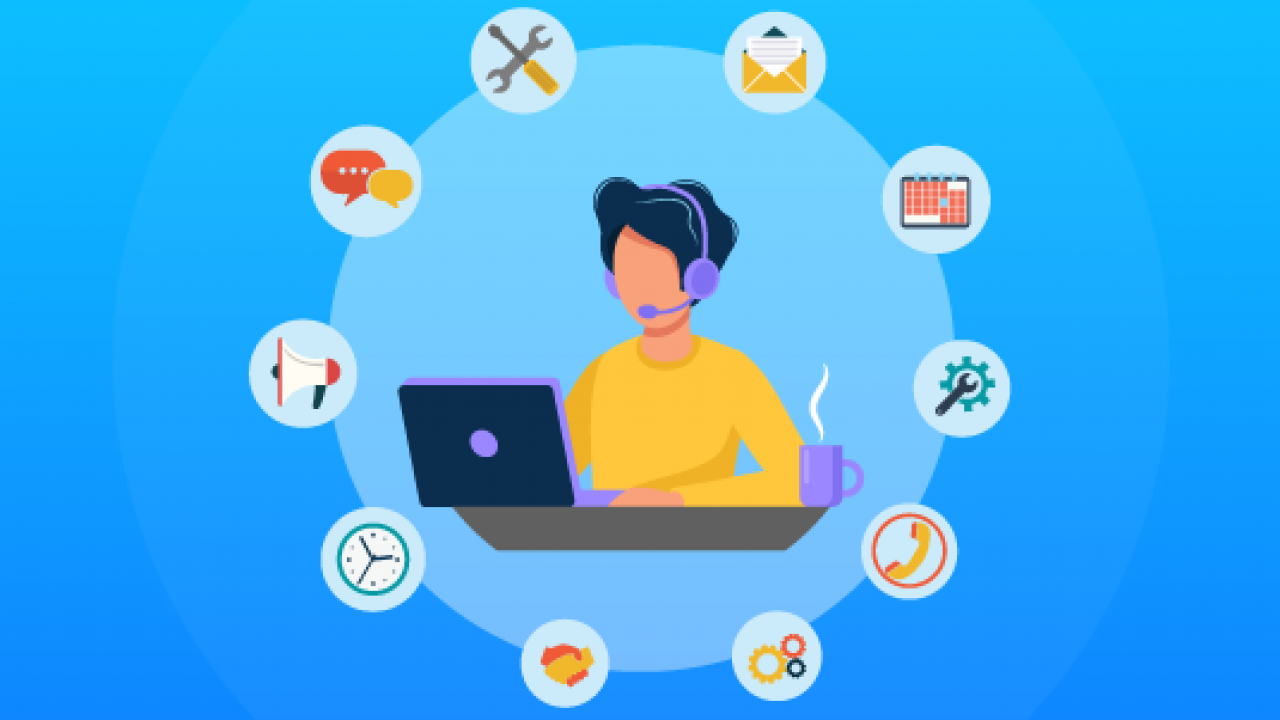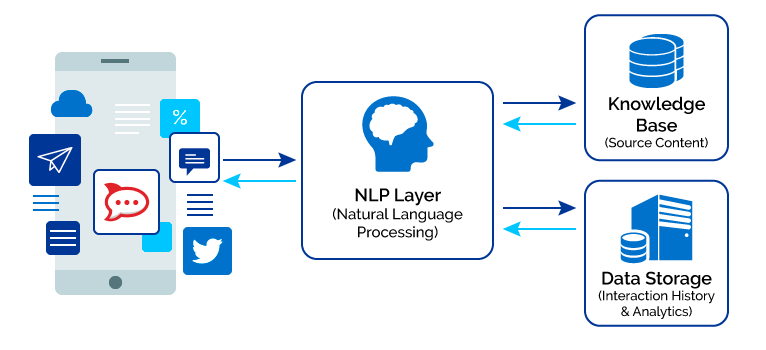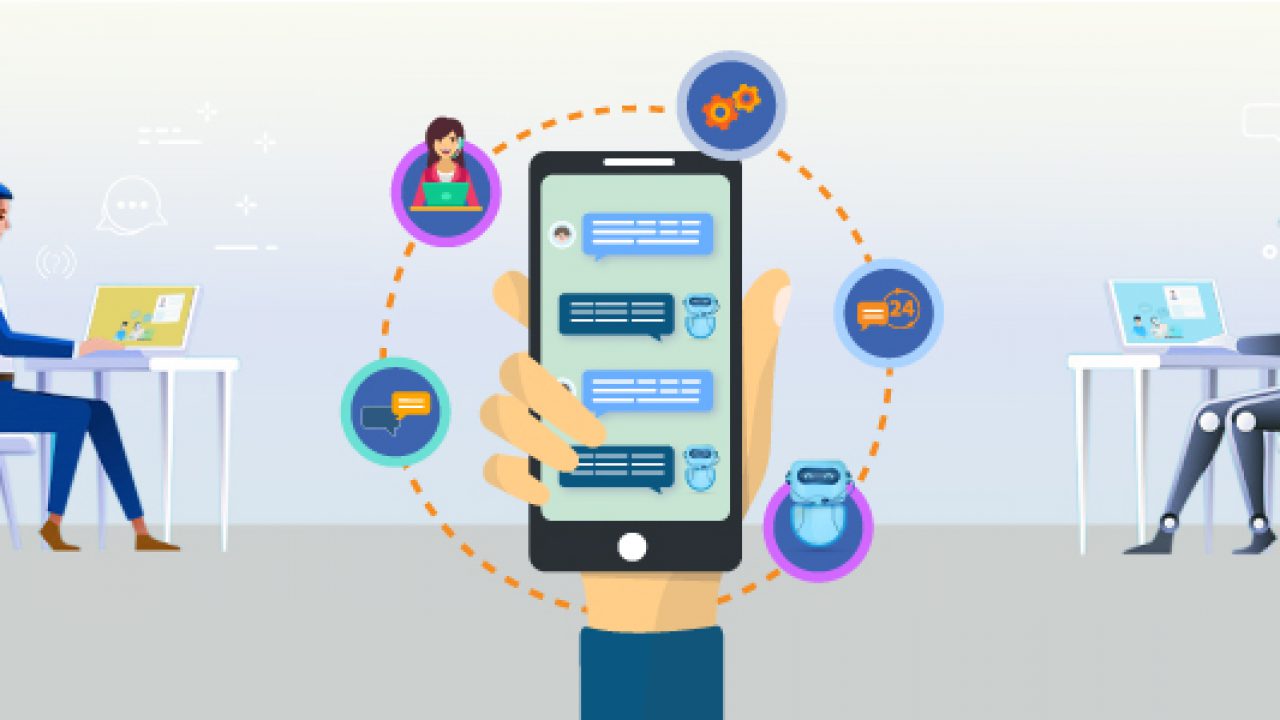Customer service is one area that customers are increasingly turning to for answers. The introduction of chatbots and virtual assistants into our lives has made interacting with services easier than ever before. They’re able to take on a range of different tasks for users, ranging from ordering food or making reservations to answering questions about products or services.
As the digital world continues to evolve at a rapid pace, so too has the way people interact with it. After all, who doesn’t like getting quick answers to their questions? That’s why it’s important for businesses to understand how chatbots can help them provide better customer service.
What is customer service?

source: Google Images
Customer service is, simply put, the way a business handles all of the problems that arise when people use it. For example, if your website crashes, or an order you placed is too large or too small, or if your product or service isn’t what you thought it was, you’ll need to talk to someone about it. That’s when you’ll be able to contact customer service and explain your issue. There are a number of reasons why businesses choose to offer customer service.
First and foremost, there’s a significant economic incentive for companies to offer good customer service. If a customer is happy with their experience, they’re more likely to be loyal and spend more time and money in the future. Conversely, if a customer is unimpressed, they’re likely to become a disgruntled, negative source of feedback for the company.
Furthermore, good customer service can help to build brand equity. Companies that can provide exceptional customer service and handle problems well are likely to become more recognizable to customers. This can lead to them becoming brand advocates and, in turn, building a reputation for the business as a reliable provider.
What are chatbots?
Chatbots are computer programs designed to conduct conversations with humans. They can process conversations in real-time, with the aim of understanding the context within which they’re occurring and responding with appropriate information. They can also learn over time and adjust their responses to improve their efficacy.
They’re becoming an increasingly popular way to handle customer service. Done well, they can offer a convenient, low-cost way to respond to questions and resolve problems. They can also make up for a lack of human resources by handling simple tasks like scheduling meetings or managing appointments.
The benefits of using a chatbot
The first and most obvious benefit is that a chatbot saves you time. It can use machine learning and artificial intelligence to process questions and resolve issues quickly, so you don’t have to spend as much time waiting on hold. This can be beneficial for any company that deals with large numbers of customers.
The next obvious benefit of using a chatbot is that it frees up your resources. With every problem or service request handled by a chatbot, you’re freeing up one of your employees to handle other work. This can be particularly helpful if you have a small team and need to cover for absent employees or take time off for other reasons.
Chatbot types
There are three main chatbot types that businesses can use. The first is an interactive chatbot. This bot will respond to human users using an interface similar to a chatbot, but the conversations conducted with it are entirely between the bot and a human. The second type is conversational marketing.
This type of chatbot is designed to handle more advanced tasks and conduct conversations between businesses and their customers. This can be particularly useful for businesses that provide a lot of products or services and don’t have human employees available to handle every question.
Why should you use a chatbot?
There are a number of reasons why you should start incorporating chatbots into your customer service strategy. First and foremost, they can provide a low-cost, low-effort way to resolve issues and respond to questions. This can free up your employees to handle other work.
They can also be a convenient, low-cost alternative to hiring additional staff. For example, a small business that doesn’t have a lot of customers may not need a full-time customer service agent. With a chatbot, they can provide excellent customer service without breaking the bank.
How to use a chatbot?

source: Google Images
There are a number of ways that you can use a chatbot in your business. First and foremost, you can use them to help clients resolve issues. Let’s say someone contacts your business to book a meeting, or to ask you to order a product or service. With a chatbot, you can handle these requests easily and quickly, saving time and money.
You can also use them for support. Let’s say that a customer has an issue with their order. With a chatbot, the business can process the order and create a resolution for the customer. This can save time and money for both the company and the customer.
Wrapping up
When it comes to addressing the ever-growing need for customer service, there are a number of ways that you can put your customers first. By using a chatbot, you can address issues quickly and easily, freeing up your employees to handle other work.
It can also help you to cover for absent employees or take time off without hiring additional staff. It’s important to remember that chatbots aren’t just for companies with small customer bases. They’re a viable option for any business that wants to provide better customer service.

